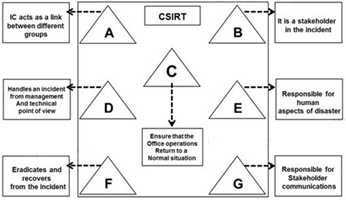EC-Council Certified Incident Handler
Here you have the best EC-Council 212-89 practice exam questions
- You have 77 total questions to study from
- Each page has 5 questions, making a total of 16 pages
- You can navigate through the pages using the buttons at the bottom
- This questions were last updated on March 4, 2025
